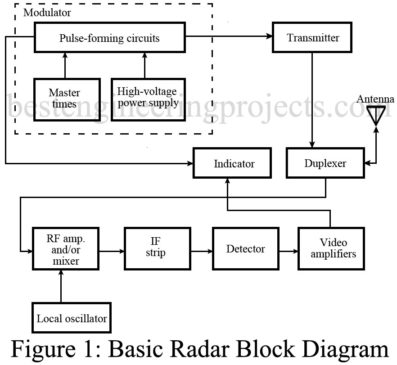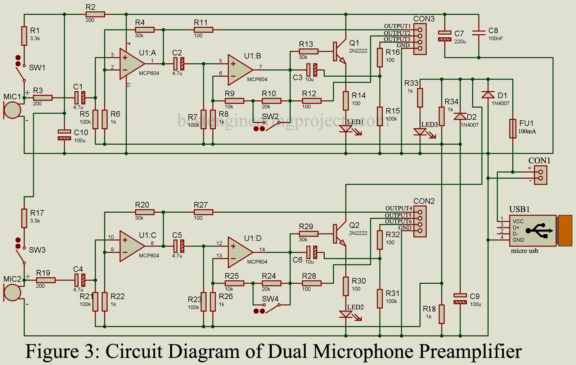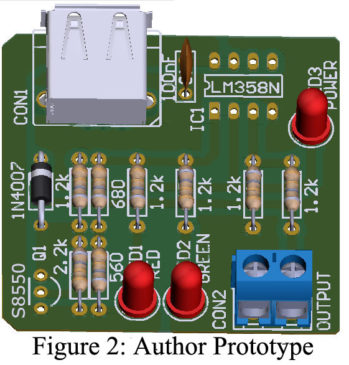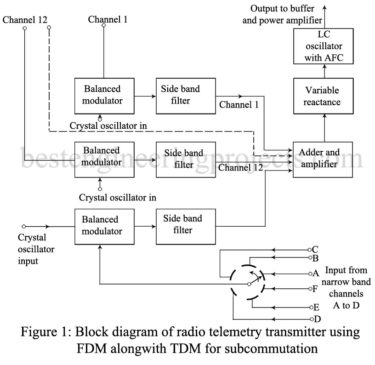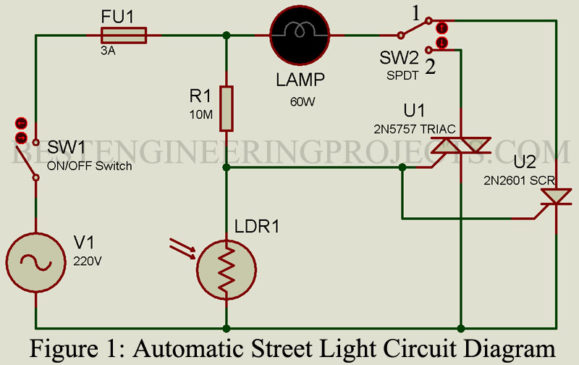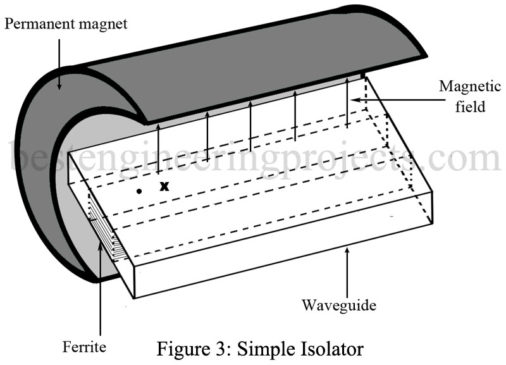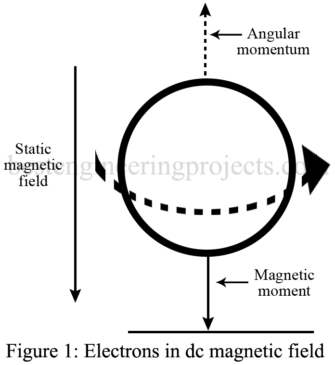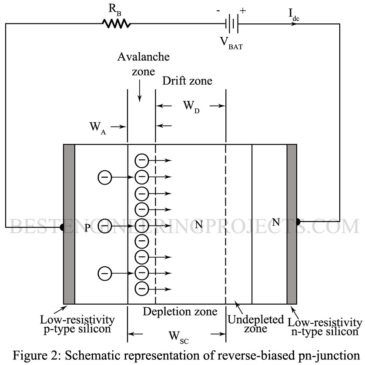Radar Waveform and Range Determination: A representative radar pulse (waveform) is shown in Fig. 1. The number of these pulses transmitted per second is called the pulse repetition frequency (PRF) or pulse repetition rate (PRR). The time from the beginning of one pulse to the beginning of the next pulse is called the pulse repetition time (PRT). The PRT is the reciprocal of the PRF (PRT = 1/PRF). The duration of the pulse (the time the transmitter is radiating energy) is called the pulse width (PW). The time between pulses…
Read MoreRadar System Parameters
Radar System Parameters: Once the pulse of electromagnetic energy is emitted by the radar, a sufficient length of time must elapse to allow any echo signals to return and be detected before the next pulse is transmitted. Therefore, the PRT of the radar is determined by the longest range at which targets are expected. If the PRT were too short (PRF too high), signals from some targets might arrive after the transmission of the next pulse. This could result in ambiguities in measuring range. Echoes that arrive after the transmission…
Read MoreBasic Radar Block Diagram
In this article we will discuss about basic radar, and basic radar block diagram. Lets start with basic description of RADAR. What is RADAR? The first practical use of waveguides occurred with the development of radar during World War II. The high powers and high frequencies involved in these systems are much more efficiently carried by waveguides than by transmission lines. The word radar is an acronym formed from the words radio detection and ranging. Radar is a means of employing radio waves to detect and locate objects such as…
Read MoreDual Microphone Preamplifier Circuit
The microphone is a transducer that converts sound signals to electrical signals. The output electrical signals are very weak ranging from 1 millivolt to 100 millivolts. Microcontrollers like Atmega328 (Arduino), PIC, STM, etc. cannot detect this signal effectively. Thus, we need an amplifier section. The project posted here is of dual microphone preamplifier circuit which amplifies lower electric output signals of the microphone and makes it suitable for microcontroller input. Checkout other microphone amplifiers and preamplifier circuits posted in bestengineeringprojects.com Dynamic Microphone Preamplifier Circuit Microphone Amplifier using Op-amp 741 IC…
Read MoreLiFePO4 Battery Charger Circuit
Lithium Iron Phosphate LiFePO4 or Li-Fe battery is the latest generation of Li-ion battery and is popular among electronics hobbyists because of its features like high discharge current rate, safety and it is the least toxic of all battery types. Also, these batteries are safer because of the chemistry involved to make them. It contains a very stable composition of phosphate as a result longer life span of the battery can be achieved. However, the latest generation Li batteries are non-inflammable and are capable of bearing extreme conditions. In this…
Read MoreRadio Telemetry System
Telemetry signifies performing measurements on distant objects. It is, no doubt, possible to use hydraulic or wire circuits for this purpose. But the more prevalent form is the radio telemetry system and is discussed here in brief. Instead of using radio telemetry system, the same purpose may be achieved by posting observers on the distant spot or having some form of multitrack recorders on the site from which data may be collected at convenient time. However, in several cases, neither of the above two alternatives are feasible and then radio…
Read MoreAutomatic Street Light Circuit Diagram
The article automatic street light circuit diagram is self-sensing fully automatic night lamp designed to work with AC. Unlike other circuit it does not require DC thus no rectifier and bulky capacitor and as a result making cost will be cheap. One can use this circuit with street light, dome lamp, parking light etc. this simple circuit switch on the light at night and off automatically at day time. Description of Automatic Street Light Circuit Diagram This simple project is built around four common available components i.e. resistor, LDR, SCR…
Read MoreApplications of Ferrites
In this article we will discuss about different applications of Ferrites. Applications of Ferrites ATTENUATOR: One application of ferrites is as an attenuator. Figure 1 shows a piece of ferrite placed in the center of a waveguide; a steady magnetic field is applied as shown. This arrangement will attenuate frequencies at the resonant frequency of the electrons in the ferrite, whereas other frequencies will be attenuated very slightly. Changing the strength of the dc field produces a change in the frequency that will be attenuated, although this occurs over a…
Read MoreFerrites | Fundamental Theory of Ferrites
In this article we will discuss about Ferrites, Fundamental Theory of Ferrites and Gyroscopic Action. Introduction of Ferrites Ferrites are compounds of iron, zinc, manganese, magnesium, cobalt, aluminum, and nickel oxides. They are manufactured by pressing into shape the required mixture of the finely divided metallic oxide powders and then firing the shaped mixture at about 2000°F. The product is a ceramic with high electrical resistance. Ferrites behave as iron alloys at low frequencies, but at high frequencies their high electrical resistance prevents eddy currents, and resonance takes place within…
Read MoreIMPATT Diode | Microwave Properties
IMPATT Diode: IMPATT is an acronym for impact ionization avalanche transit time. The theory of this device was presented in 1958, and the first experiment diode was described in 1965. The basic structure of a silicon pn-junction IMPATT diode, from the semiconductor point of view, is identical to that of varactor diodes. The important difference between IMPATT and varactor diodes are in their modes of operation and in thermal design. Figure 1 shows a typical dc current versus voltage (I-V) characteristic for a pn-junction diode. In the forward-bias direction, the current increases rapidly…
Read More

